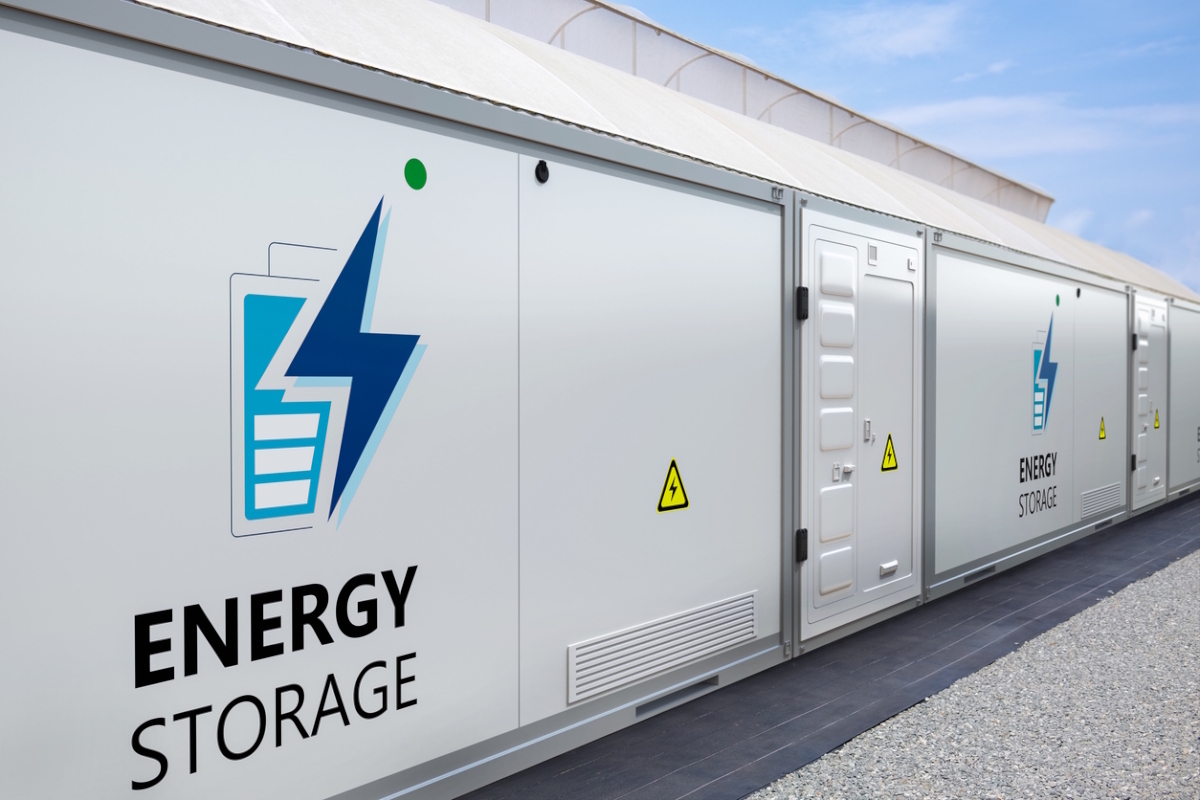Building sustainability with battery storage

Tim Foster at Conrad Energy describes how businesses can level up their renewable energy habits
With the 2025 United Nations Climate Change Conference fast-approaching, businesses can expect to be met with an influx of rhetoric as to why environmentally conscious, renewable energy practices are essential. In the UK, steps in the right direction are certainly being taken: 2024 saw a significant indicator for the nation’s shifting energy landscape, with 50% of all energy generated coming from renewable sources.
However, to capitalise fully on these achievements and ongoing renewable progress, we need storage facilities to match the level of renewable generation. On a national scale, this will help strengthen renewable infrastructure, and when deployed by individual businesses, it will allow them to unlock the full benefits of renewable energy, from environmental, financial, and wider business perspectives.
Mutually beneficial for both businesses and the National Grid, the use of battery storage alongside behind-the-meter renewable generation assets on or near a business’s site (such as solar panels or wind turbines) can make a tangible difference in reducing overall renewable energy waste and maximising efficient energy usage.
As the Government’s goals for net zero carbon emissions by 2030 begin to feel slightly less abstract and are increasingly visible on the horizon, businesses can look at their own internal practices as a way of not only contributing to decarbonisation nationally, but also improving their own sustainability credentials and energy habits.
Why we need renewable energy storage
Behind-the-meter generation is a powerful lever a business can possess, reducing reliance on an unstable and overburdened national grid and improving a business’s overall energy resilience, security, and sustainability.
Renewable energy relies on the wind to blow or the sun to shine, so naturally, there will be instances where there is an abundance of energy generated, and equally other times with a shortage of production. However, at the moment, storage technologies mean we can only save typically 2 hours of surplus energy to use at times of lower generation. Longer-term energy storage options are in development, but will take time to reach complete deployment.
There are various possible solutions, including pumped hydro and green hydrogen. However, lithium-ion batteries currently offer the most scalable and cost-effective solution for energy storage at both national and local levels.
The business case for battery storage
For businesses, improved battery storage units offer a solution to the intermittency that comes with renewable energy.
In short, the more surplus behind-the-meter renewable energy a business can store for future use, the more efficient it makes the investment in these renewable assets and the more renewable-based it makes overall energy usage. It also further decreases remaining dependence on the grid and the extra costs and fluctuations that come with it.
Businesses can also explore financial incentives offered locally and nationally for selling excess energy back to the grid and participating in potentially lucrative flexibility markets.
Finally, the sophisticated Power Purchase Agreements that underpin behind-the-meter set-ups with energy suppliers provide an unprecedented level of visibility for data on energy usage, allowing businesses to track and tailor their habits. “Traditional” energy may have often been more cost-effective to use at night, but businesses may now find it more beneficial to move certain processes to daytime when they are producing the maximum amount of their own solar power. Again, a well-stored surplus of energy can help keep less intensive processes running outside of these peak hours.
Investor expectations and grid capacity
The benefits that improved integration of renewable energy can provide must not be downplayed, particularly in a climate where ESG and decarbonisation efforts are often no longer optional add-ons to business models. Today, investors, customers and even suppliers typically expect businesses to be pursuing sustainable goals.
By investing in battery storage, businesses add another layer to their renewable credentials; not only are they generating and using the energy in the first instance, but they are also doing so efficiently and maximising the output of their renewable assets for their own use or wider markets.
By reducing the level of reliance among businesses on the grid, these storage options also help alleviate some of the burden that is weighing on this ageing infrastructure.
The ‘next frontier’ of sustainable business
The National Energy System Operator (NESO) has forecast that the grid will require four to five times more battery storage facilities by 2030 than is currently in place. As the UK shifts towards greener energy sources, it is increasingly important to have the infrastructure in place for the net-zero goals we have set.
In the short term, businesses should look to integrate and capitalise on the battery storage solutions that are available now, and jump at the chance to innovate and develop these as more are rolled out and pioneered. Efficient renewable energy storage helps businesses to practise sustainable energy usage in every sense of the word, boosting their environmental credentials as well as their budgets.
Tim Foster is Director of Energy for Business at Conrad Energy
Main image courtesy of iStockPhoto.com and PhonlamaiPhoto

Business Reporter Team
Most Viewed
Winston House, 3rd Floor, Units 306-309, 2-4 Dollis Park, London, N3 1HF
23-29 Hendon Lane, London, N3 1RT
020 8349 4363
© 2025, Lyonsdown Limited. Business Reporter® is a registered trademark of Lyonsdown Ltd. VAT registration number: 830519543





